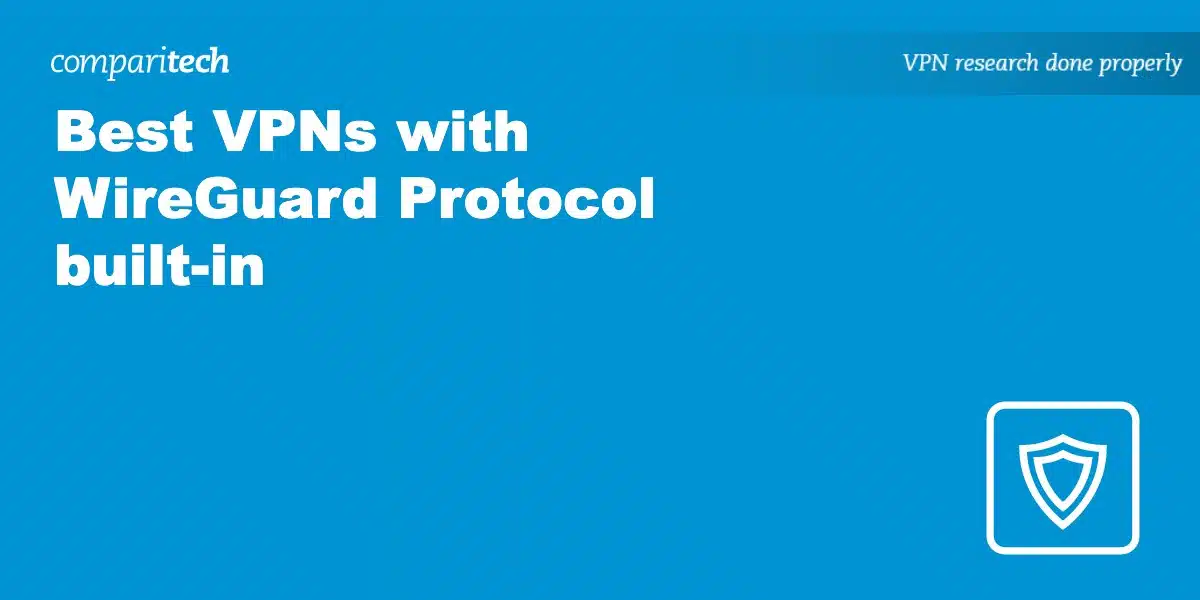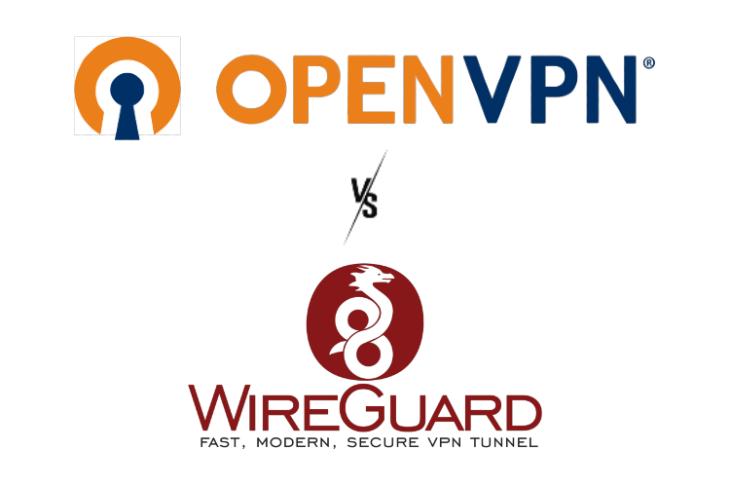Featured
Table of Contents
Unifi Gateway - Wireguard Vpn Server
It is presently under heavy development, but already it may be considered as the most safe and secure, easiest to use, and simplest VPN solution in the market. Wire, Guard aims to be as simple to set up and deploy as SSH. A VPN connection is made just by exchanging very simple public secrets precisely like exchanging SSH keys and all the rest is transparently managed by Wire, Guard.
Wire, Guard provides an extremely basic yet effective interface. Wire, Guard has been developed with ease-of-implementation and simpleness in mind.
You then may progress to setup and reading the quickstart directions on how to utilize it. If you're interested in the internal inner functions, you may be thinking about the short summary of the protocol, or go more in depth by checking out the technical whitepaper, which enters into more detail on the protocol, cryptography, and principles.

Wire, Guard associates tunnel IP addresses with public secrets and remote endpoints. When the interface sends out a package to a peer, it does the following: This packet is indicated for 192. Let me look ... Okay, it's for peer ABCDEFGH.
Wireguard – A Modern-day Vpn Protocol
If not, drop it. Behind the scenes there is much happening to supply correct personal privacy, authenticity, and ideal forward secrecy, utilizing advanced cryptography. At the heart of Wire, Guard is a concept called Cryptokey Routing, which works by associating public secrets with a list of tunnel IP addresses that are permitted inside the tunnel (what is wireguard protocol and how does it work?).

Each peer has a public secret. Public secrets are brief and easy, and are used by peers to confirm each other. They can be passed around for use in configuration files by any out-of-band approach, comparable to how one might send their SSH public key to a pal for access to a shell server.
69:51820 Allowed, IPs = 0. 0.0. 0/0 In the server setup, each peer (a client) will have the ability to send out packages to the network interface with a source IP matching his matching list of enabled IPs. For example, when a packet is received by the server from peer g, N65Bk, IK ..., after being decrypted and verified, if its source IP is 10.
230, then it's allowed onto the user interface; otherwise it's dropped. In the server setup, when the network interface wishes to send a packet to a peer (a client), it takes a look at that packet's location IP and compares it to each peer's list of permitted IPs to see which peer to send it to - what is wireguard protocol and how does it work?.
What Is Wireguard? - Proton Vpn Blog

10.10. 230, it will secure it using the public secret of peer g, N65Bk, IK ..., and then send it to that peer's newest Web endpoint. In the client configuration, its single peer (the server) will have the ability to send packets to the network user interface with any source IP (since 0.
0/0 is a wildcard). When a packet is gotten from peer HIgo9x, Nz ..., if it decrypts and verifies correctly, with any source IP, then it's permitted onto the user interface; otherwise it's dropped. In the customer configuration, when the network user interface wishes to send out a package to its single peer (the server), it will secure packages for the single peer with any location IP address (considering that 0.
0/0 is a wildcard). If the network user interface is asked to send out a package with any location IP, it will secure it using the public secret of the single peer HIgo9x, Nz ..., and then send it to the single peer's most current Internet endpoint. To put it simply, when sending out packages, the list of permitted IPs behaves as a sort of routing table, and when receiving packages, the list of enabled IPs behaves as a sort of gain access to control list.
Wire, Guard is completely capable of encapsulating one inside the other if required. Because all packets sent out on the Wire, Guard interface are encrypted and validated, and due to the fact that there is such a tight coupling between the identity of a peer and the allowed IP address of a peer, system administrators do not require complex firewall software extensions, such as in the case of IPsec, however rather they can merely match on "is it from this IP?
What Is Wireguard Vpn Protocol

The customer configuration contains an initial endpoint of its single peer (the server), so that it understands where to send out encrypted information prior to it has actually gotten encrypted data. The server setup does not have any initial endpoints of its peers (the customers). This is due to the fact that the server finds the endpoint of its peers by examining from where properly validated data stems.
If you're having difficulty establishing Wire, Guard or using it, the very best location to get aid is the #wireguard IRC channel on Libera. Chat. We likewise go over development jobs there and prepare the future of the job. Get involved in the Wire, Guard development conversation by signing up with the subscriber list.

Do not send non-security-related issues to this email alias. Do not send security-related issues to various e-mail addresses.
Wire, Guard is much faster than Open, VPN. It takes in 15% less information, handles network modifications better, and appears to be safe. Open, VPN has been attempted and evaluated, is more privacy-friendly, and is supported by a bigger number of VPNs.
Wireguard Vpn Protocol: Everything You Need To Know
We may receive compensation from the product or services pointed out in this story, however the viewpoints are the author's own. Payment might affect where offers appear. We have not consisted of all readily available items or offers. Find out more about how we generate income and our editorial policies. Today, virtual personal networks (VPNs) have actually removed, gaining popularity with those trying to find additional security, privacy, and versatility.
In this article Wire, Guard is a new, open-source VPN protocol developed with state-of-the-art cryptography, which is the practice of coding sensitive details so only the desired recipients can translate its significance. It offers much faster, easier-to-use, and more protected paths for user gadgets to link with VPN servers worldwide. Designer Jason A.
Working with Wire, Guard could not be simpler. Users begin by finding the Wire, Guard application in an online store, then follow easy download and installation actions. The Wire, Guard app is available for desktop and mobile devices for added convenience. Wire, Guard keeps it easy by running with less than 4,000 lines of code compared to older VPN protocols that typically use thousands more.
Latest Posts
The 6 Best Vpn Stocks To Buy Right Now For August 2023
Best Vpn According To Reddit In 2023
Best Vpn Services Of 2023